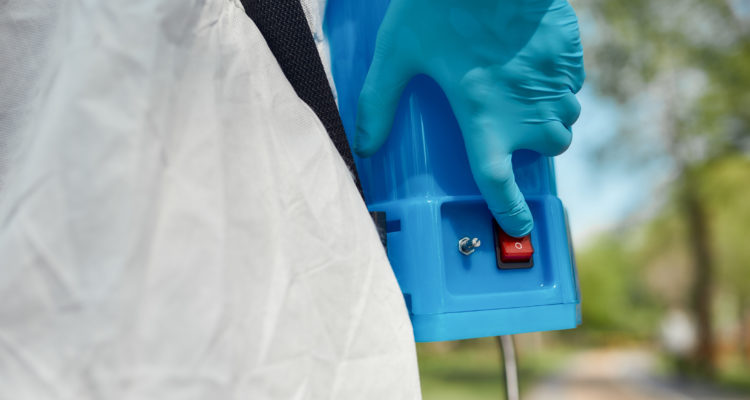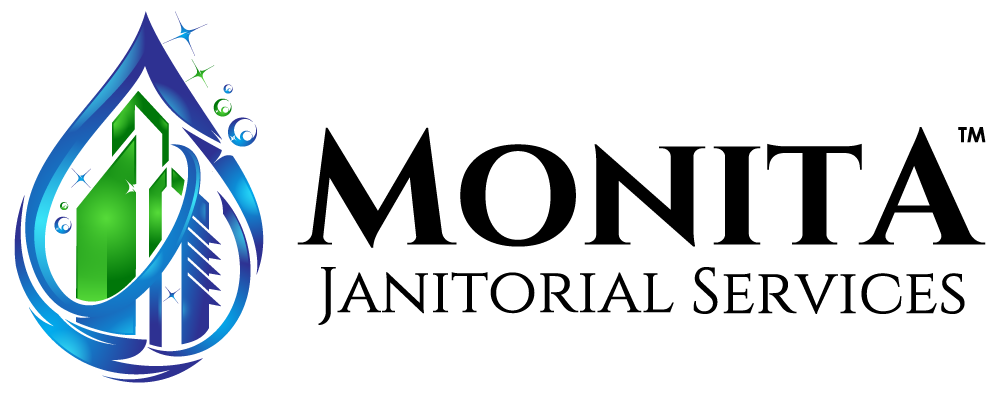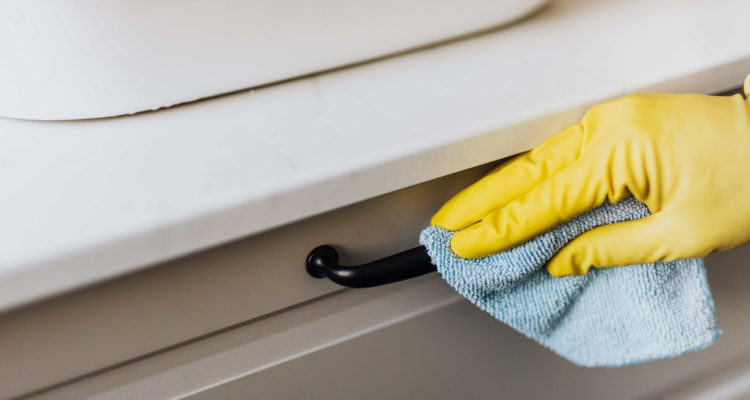If you have an office, you have to keep it clean. That means that you…

Disinfecting Using an Electrostatic Sprayer
Large scale disinfection is one of the largest challenges for janitorial companies. To prevent the spread of infectious diseases, you want to make sure that high-touch surfaces are regularly disinfected, sometimes even multiple times a day. However, disinfecting high-touch surfaces is not enough. To really sanitize an environment, you have to target all of the surfaces in a room that are frequently contaminated.
There are two main ways that janitorial services use to disinfect large areas. They are electrostatic sprayers and ultraviolent (UV) light devices. Both of these systems can disinfect the hard surfaces in large areas, but UV light devices are only considered effective if they are used after a manual cleaning process. This reduces their utility in some scenarios.
Electrostatic spraying does not require surface cleaning before it can disinfect. Instead, it can be used even in environments that have not been manually cleaned.
Electrostatic sprayer requires using a special electrostatic sprayer and a cleaner designed to be used with that cleaner. Using the special disinfectant on its own will not provide the same results. Using the sprayer with a normal disinfectant will not provide the same results, either.
The electrostatic sprayer charges the droplets of disinfectant when they pass through the nozzle. Charging the droplets does three important things. First, it causes the droplets to actively seek out surfaces. Second, it causes the drops to stick to the surface. Finally, once the droplets stick to a surface, their charge dissipates. The droplets all have the same charge, which means that they repel instead of attract each other. This causes the droplets to spread more evenly over a surface. The result is a uniform application of disinfectant.
The charged particles make electrostatic sprayers a more effective application method for disinfectants than other large-surface tools like pumps, foggers, or triggers. While foggers can also distribute large amounts of disinfectant, they do not disperse them as evenly as electrostatic sprayers can. Another big difference between the two methods is how long the treated area must be left empty after a treatment. Because foggers emit tiny particles that people can breathe in, rooms treated with foggers need to be empty for around two hours after a treatment. Electrostatic sprayers use larger droplets, so their wait time is much shorter.
Monita uses electrostatic sprayers to thoroughly disinfect surfaces. This technique is effective in a number of different types of businesses. Contact us to find out how to incorporate this sanitizing technique into your cleaning and disinfection routine.



